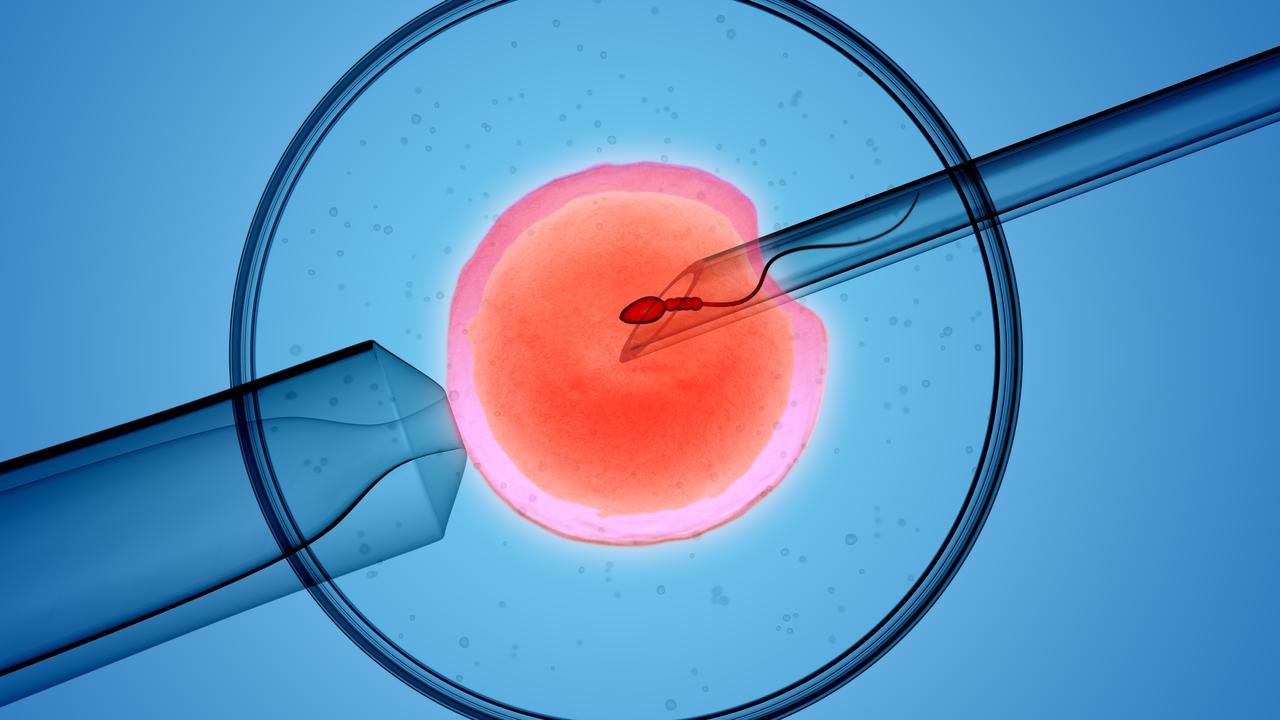‘Like a dream’: How a leap of faith on a ‘last chance’ mosaic embryo became this family’s ‘miracle’ baby
Stephanie and James’ baby dreams looked all but over when IVF left them with a mosaic embryo — one containing both normal and abnormal cells.
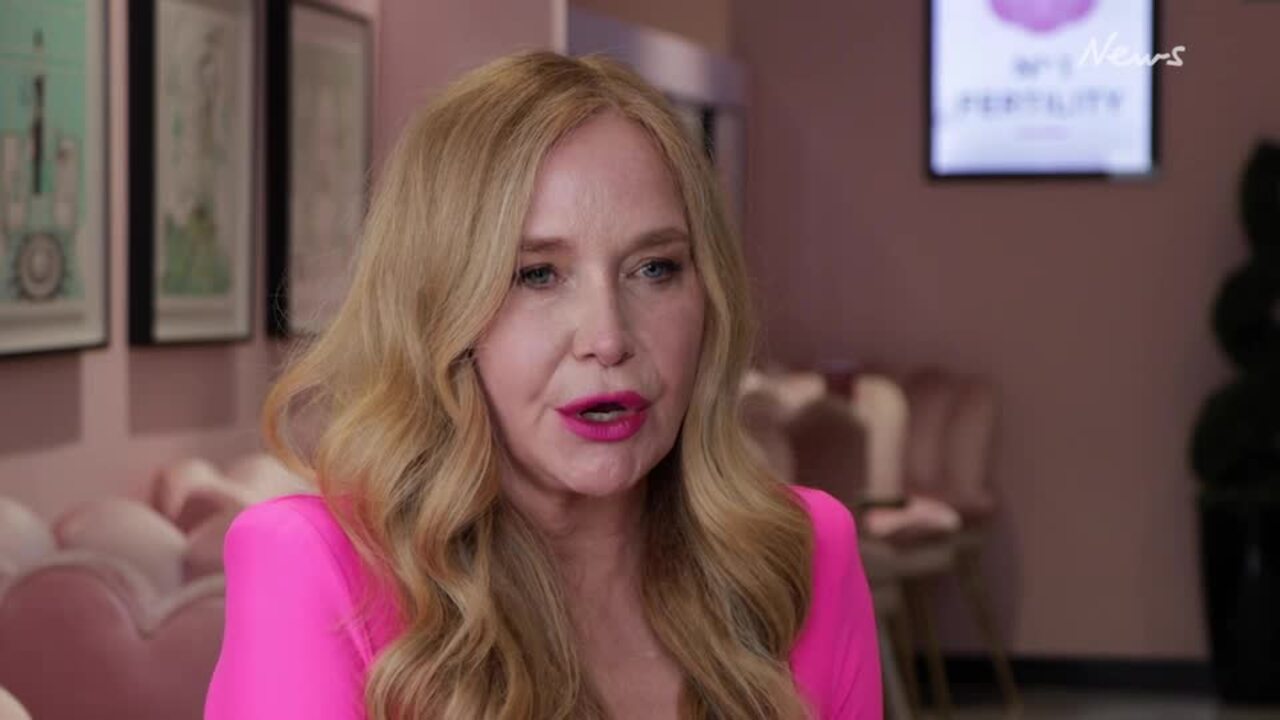
Fertility
Don't miss out on the headlines from Fertility. Followed categories will be added to My News.
Moments after Stephanie Zeccola gave birth to her son, the new mum knew she wanted to have another baby.
“I had a really wonderful birthing experience,” Ms Zeccola said. “After they handed Finlay to me I just thought to myself, ‘I want to do that again’.”
Turning that dream into reality would be a five-year journey for Palace Cinema’s national loyalty and corporate sales manager and her fiance, criminal lawyer James Loftus.
It would also take the help of IVF and a leap of faith.
By 2022 the couple was ready to expand their family and this time they sought help from IVF specialist Dr Lynn Burmeister, founder and medical director of No. 1 Fertility.
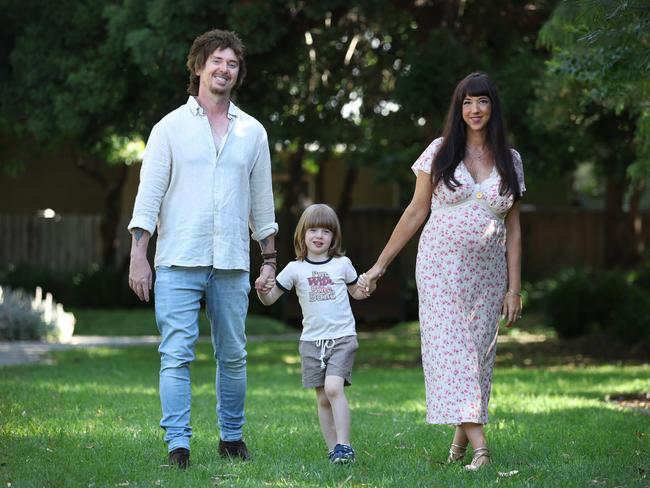
After several unsuccessful rounds of IVF Dr Burmeister told them candidly that their chances of having another child were about three per cent.
Undeterred they decided to do another round and on their fourth cycle one of the many embryos they created was classed as a mosaic embryo. This is an embryo that has both normal and abnormal cells.
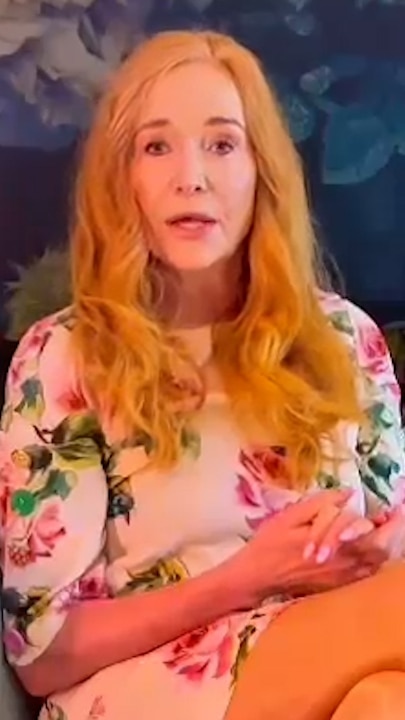
“My initial feeling was do another collection because it’s not a normal embryo and I want a normal embryo because I want my chances to be as best as they can be,” Ms Zeccola said.
“We did a fifth collection cycle but I wasn’t able to use any of those embryos because they were all abnormal.
“It meant I only had this one last chance and even then, it was explained to me, that there was an 80 per cent chance this mosaic embryo was not going to work.”
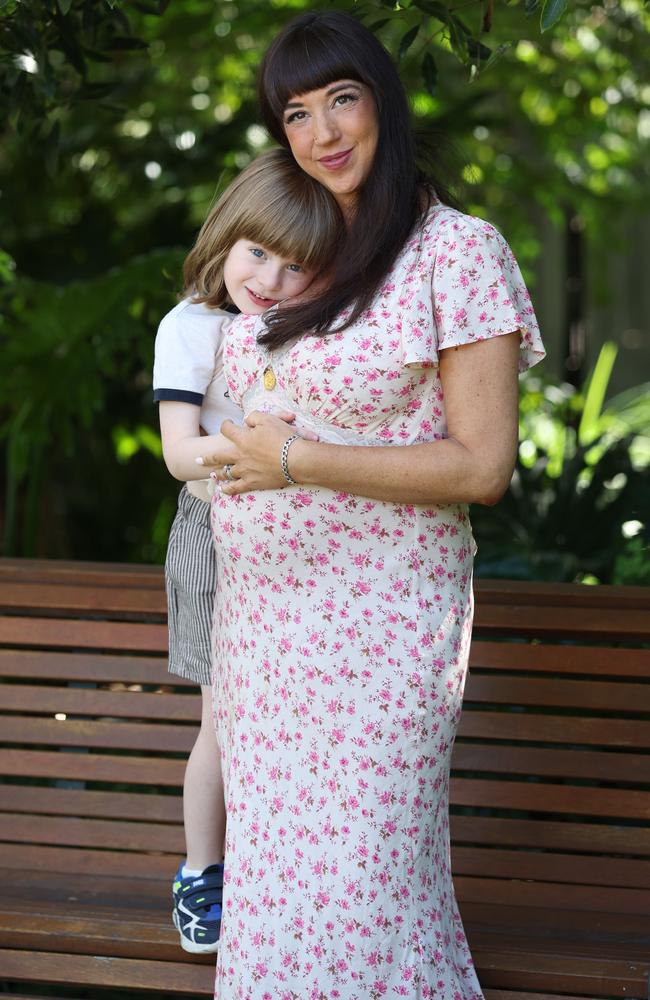
At the back of Ms Zeccola’s mind also was the understandable concern that if this embryo did result in a much longed-for pregnancy, there were still many hurdles ahead.
Not so long ago mosaic embryos were not implanted because of the risk of chromosomal abnormalities.
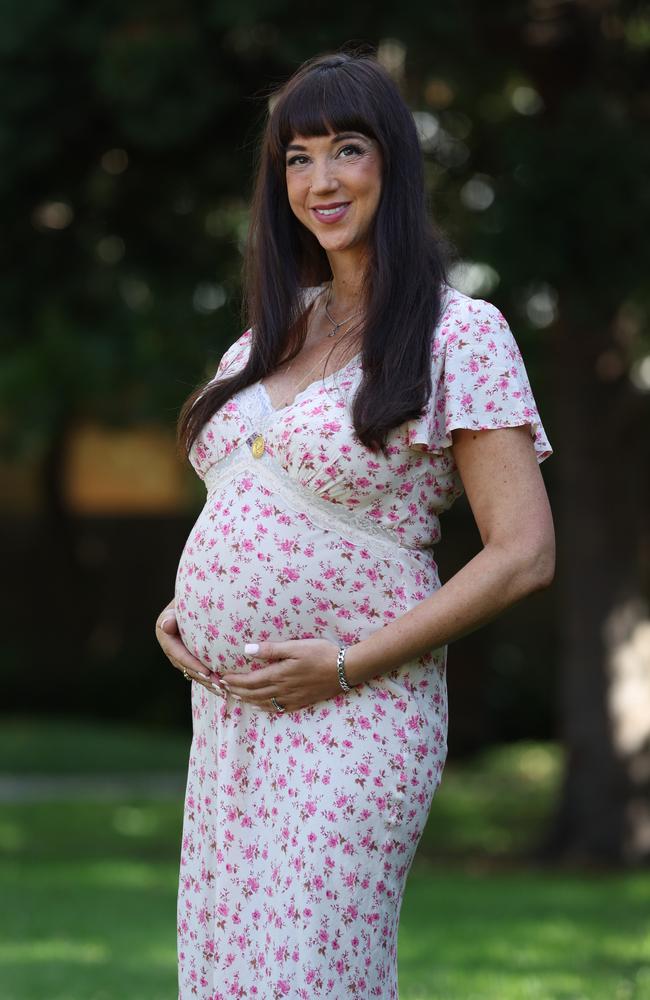
Dr Burmeister said advances in technology were bringing new hope to patients by giving them IVF options that may not have been considered in the past.
“A mosaic embryo contains both normal and abnormal cells and is caused by chromosomal segregation errors during preimplantation development,” Dr Burmeister said.
“Traditionally, they have lower implantation rates and higher miscarriage rates than euploid embryos, but they can still implant and develop into healthy babies.”
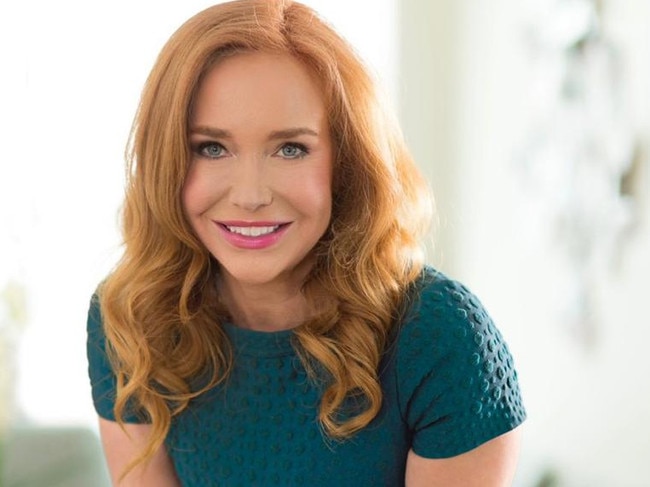
Euploid embryos have the correct number of 46 chromosomes which means a much better chance of healthy development and growth.
“Due to improvements in technology we are now seeing success rates for some types of mosaic embryos about the same as ‘normal’ embryos, which means patients have been able to continue their fertility journey, and in Stephanie’s case achieve their dream of becoming pregnant,’’ Dr Burmeister said.
Ms Zeccola said the news that her last hope was a mosaic embryo was a lot to take on.
“But I didn’t even blink because I just thought ‘look, I’m going to try anything because imagine going through your life knowing that you didn’t try,” she said.
“What I learned was that they can develop into healthy babies. You just have to be up for the up for the ride, I guess.”
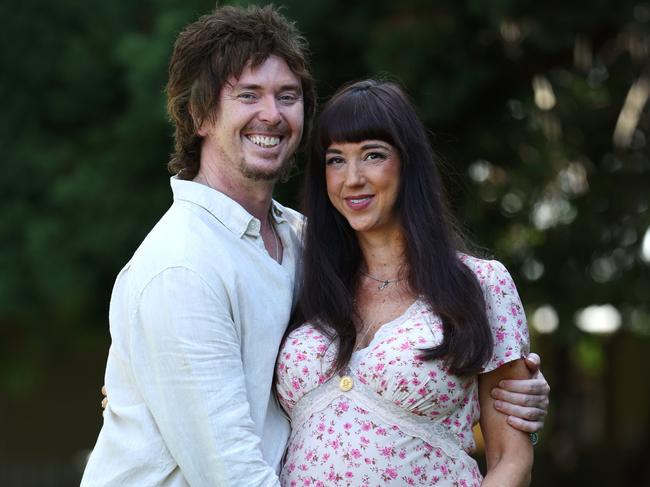
That ride is an emotional rollercoaster.
It starts as a waiting game for anxious parents. Once implanted and a pregnancy established, the embryo can’t undergo amniocentesis — the medical procedure that checks for genetic conditions — until 16 weeks when there is sufficient amniotic fluid for testing.
“When we got the call to say everything was fine, we were so happy and relieved. It felt like a dream,” Ms Zeccola said.
Now 24 weeks pregnant with a precious baby girl, Ms Zeccola said she was their little Christmas miracle and the gift of a sibling for Finlay.
“I consider myself incredibly lucky and the support that I got through Lynn and the No 1. Fertility team and the counsellors who took me through everything and the nurses that were always on call, it has been an incredible experience,” she said.
“I feel very grateful that women in Melbourne have access to this level of support and help.”
James, she said, was also excited about the new baby, due in March.
“I think he just wanted me to be happy and for us to get good news,” she said. “He wanted the best for me.”
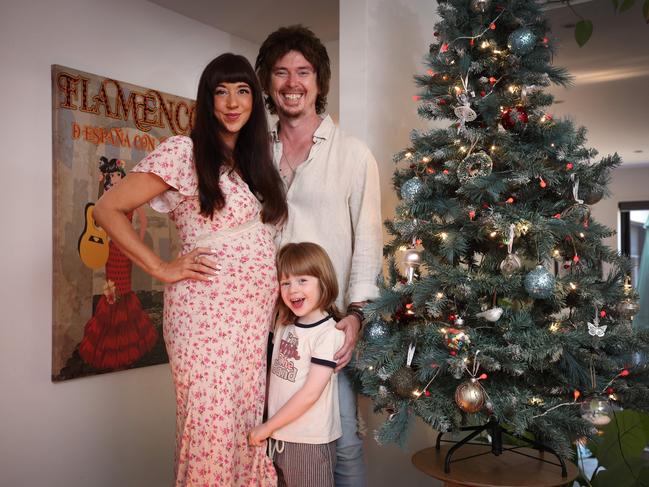
Ms Zeccola said she also wanted other women in the same position to feel that if they had mosaic embryos, that there’s more hope than they might realise.
“If telling my story helps other women realise it is more common, it might take some of the anxiety away,” she said.
“If I had read in the paper that someone who had used a mosaic embryo was having a perfectly healthy baby in March, I would have been less concerned, we would have felt more confident.”
As the family prepares for Christmas, Ms Zeccola said their precious baby girl was meant to be.
“With Christmas coming we could not have hoped for a better gift than our own little Super Girl,” she said.



